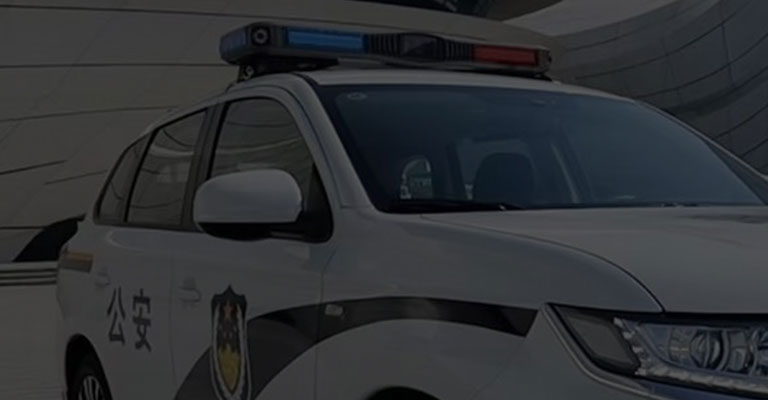Hard Armor Plates: Ceramic, Dyneema, Or Metal
Hard armor plates are available from many manufacturers, in both metal and ceramic. Which is right for your needs, though? Should you choose metal or ceramic hard armor plates?
The most significant benefit is that they are effective against all handgun rounds and many high-powered rifle rounds. Some are even effective against military caliber weapons. This offers the utmost in protection for corrections officers, police, military and security personnel. In addition, these plates can also withstand blades, which many soft body armor types cannot.
Metal Armor Plates
Metal plates are the original form of modern body armor, and trace their lineage back to the Middle Ages. Metal was long the only option for those who needed protection from high-velocity and armor-piercing rounds. Metal hard armor plates are strong, durable and widely available, but that does not mean they are without their drawbacks.
The most significant drawback to metal plates is their weight. A suit of body armor made with metal can hamper movement and flexibility significantly. Even adding metal plates to a soft cloth bullet proof vest can create problems with additional weight. Thankfully, there is an answer to the weight problem.
Ceramic Hard Armor Plates
Ceramic has been used for centuries for its strength, resilience and durability. Today, it's also used in the creation of body armor. Ceramic offers significant advantages over metal plates in that they are far, far lighter, but do not sacrifice stopping power, durability or strength. This allows police officers, security personnel and military personnel to enjoy the best possible protection without adding extra weight from metal hard armor plates that would impede their movements otherwise.
Dyneema Hard Armor Plates
Dyneema plates are the lightest plate between the ceramic and metal and weigh in at close to two pounds lighter that their ceramic and metal counterparts. The dyneema plates are a welcomed addition for someone who has to wear a vest of this protection rating for an extended period of time. Dyneema plates have a ballistic level III rating which will protect you against 7.62mm FMJ, .30 carbines, .223 Remington, 5.56mm FMJ round and grenade shrapnel. However to stop .30 caliber armor piercing rounds, you have to increase your ballistic protection to a level IV ceramic plate.
Metal, Ceramic or Dyneema
While metal plates have long been dominant in the industry, things are changing. As ceramic and dyneema becomes more widely available and more people become aware of the strength, stopping power and lightweight nature of these solutions, they are quickly becoming the preferred choice, even over metals like titanium.
Ceramic and dyneema hard armor plates are widely available todayBusiness Management Articles, both in full armor solutions and as add-on plates that can help augment bullet proof vests by adding protection to vital areas.
Article Tags: Hard Armor Plates, Metal Hard Armor, Hard Armor, Armor Plates, Metal Hard, Body Armor, Widely Available, Metal Plates
Source: Free Articles from ArticlesFactory.com
ABOUT THE AUTHOR
Bulletproofshop.com is a leading supplier of premier quality hard armor ballistic plates, bullet proof vest and body armor products. All hard armor, bullet proof vest and body armor gear are combat proven, offer outstanding bullet proof protection and comfort.



